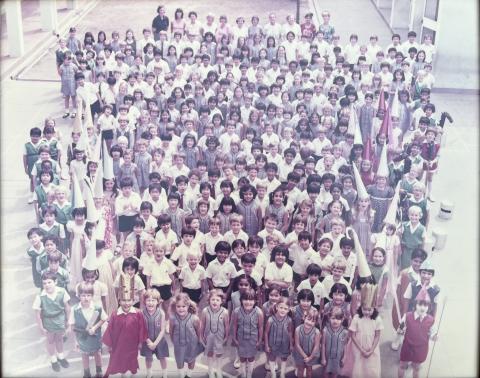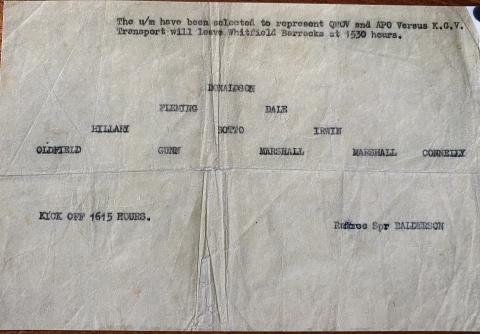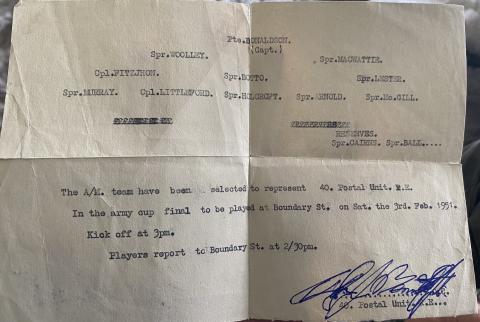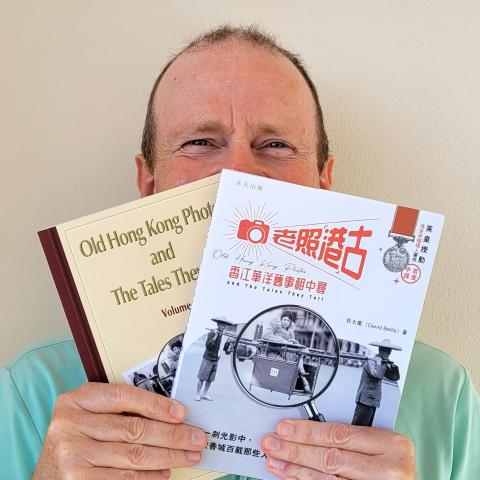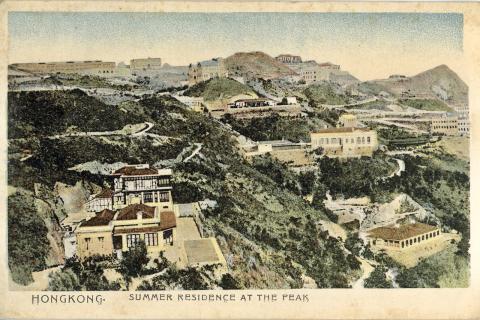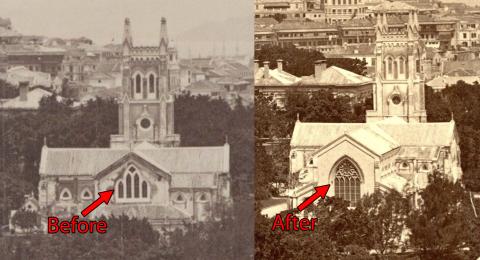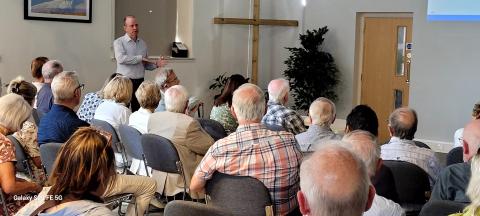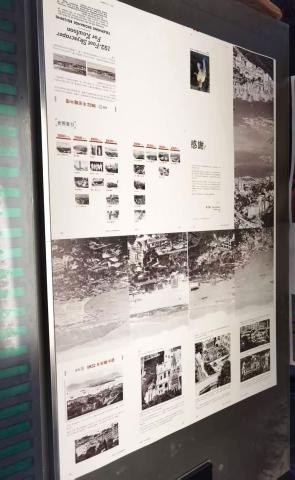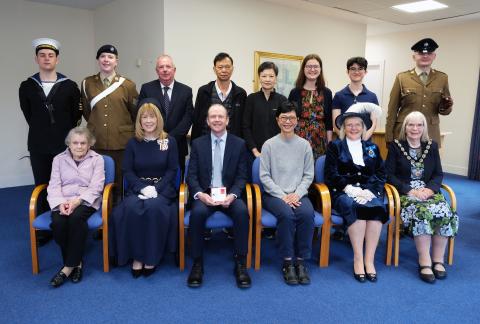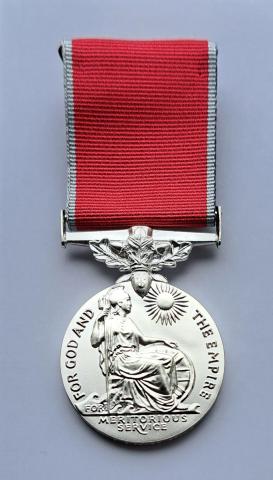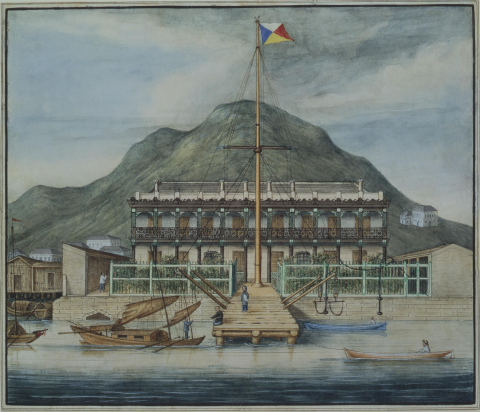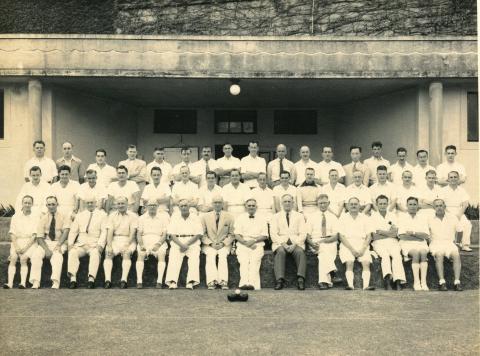New on Gwulo: 2025, week 28
What's new and updated on the Gwulo website:
General
- Please can I ask a favour? In the next few days I'll send out a newsletter email with the launch offer for the Chinese translation of my first book. Please could you take a moment to forward that email to a friend who reads Chinese and who you think might enjoy the photos and stories of old Hong Kong? It will be a great help to me.
-
If you went to Quarry Bay School around 1981, while it was in temporary premises at Victoria Barracks, you might be able to find yourself in this photo. (Click on the 'Zoom' tab to see the photo's full detail.)
Quarry Bay School at temporary premises in Victoria Barracks, by Robbot27 - It looks as though the fabled Japanese sword buried under Hong Kong's Japanese war memorial has finally been unearthed.
- Recordings of appx. 200 interviews from the 1960s and 70s are available in the archive of the Time to Remember show by RTHK.
- The recent updates I made to the website broke the wartime diary emails for several days. If you ever have trouble viewing a wartime diary email (or you'd like to look up the diary entries for a given date), please use this page: Diary pages from this date
- The 1888 Jurors List is now online to view, and we've started work on typing up the list for 1887. This is all done by volunteers, so if you can spare around half an hour, please join in and type up a page.
- New memories of the Baginton Fields Hostel, Coventry, UK have been added in the comments to that page.
- A report from 1898 on Bicycling on Bowen Road.
- Detection of the 1953 New Year's Eve murder at the Peak firing range
-
David Donaldson has kept these football lineup sheets from when he was serving in the military in Hong Kong with the King's Own Scottish Borderers in 1949-1951 and 1952. He was the goalkeeper.
Football Lineup - King's Own Scottish Borders - Sept. 17th, 1949, by Donaldsonfootball Army Football Lineup - Unknown date between 1949 & 1952, by Donaldsonfootball Football Lineup - Army Cup Final - Feb. 3rd, 1951, by Donaldsonfootball - Readers ask:
- Where was the Murray Army School in the early 1900s?
- Does anyone remember any details about the murder / robbery-gone-wrong that took place in Paradise Gardens in the mid-1970s?
- Any ideas of the type & origin of the British cannon barrel found buried 3m below Mody Road, Tsim Sha Tsui?
- Trying to contact Carol Jean Sloan.
- His son is looking for any recollections of HK footballer, Yuen Kuen Yick.
- What are good resources about the history of Swire, and what should be included in a video about their history?
- Does this c.1915 photo show a Manila Jockey Club badge?
- Where was the Murray Army School in the early 1900s?
The Chinese version of Gwulo's book
On Monday I received the first samples of the new book. Monday also happened to be my birthday, so it was the perfect birthday present!
Here is Volume 1 of my books, available in English and Chinese for the first time:
The Chinese book, 老照港古: 香江華洋舊事相中尋, will be launched on Wednesday at the Hong Kong Book Fair (16-22 July 2025). You'll find it on stand 1D-C02, just look for publisher 非凡出版.
Places
- Read more about New on Gwulo: 2025, week 28
- Log in or register to post comments
